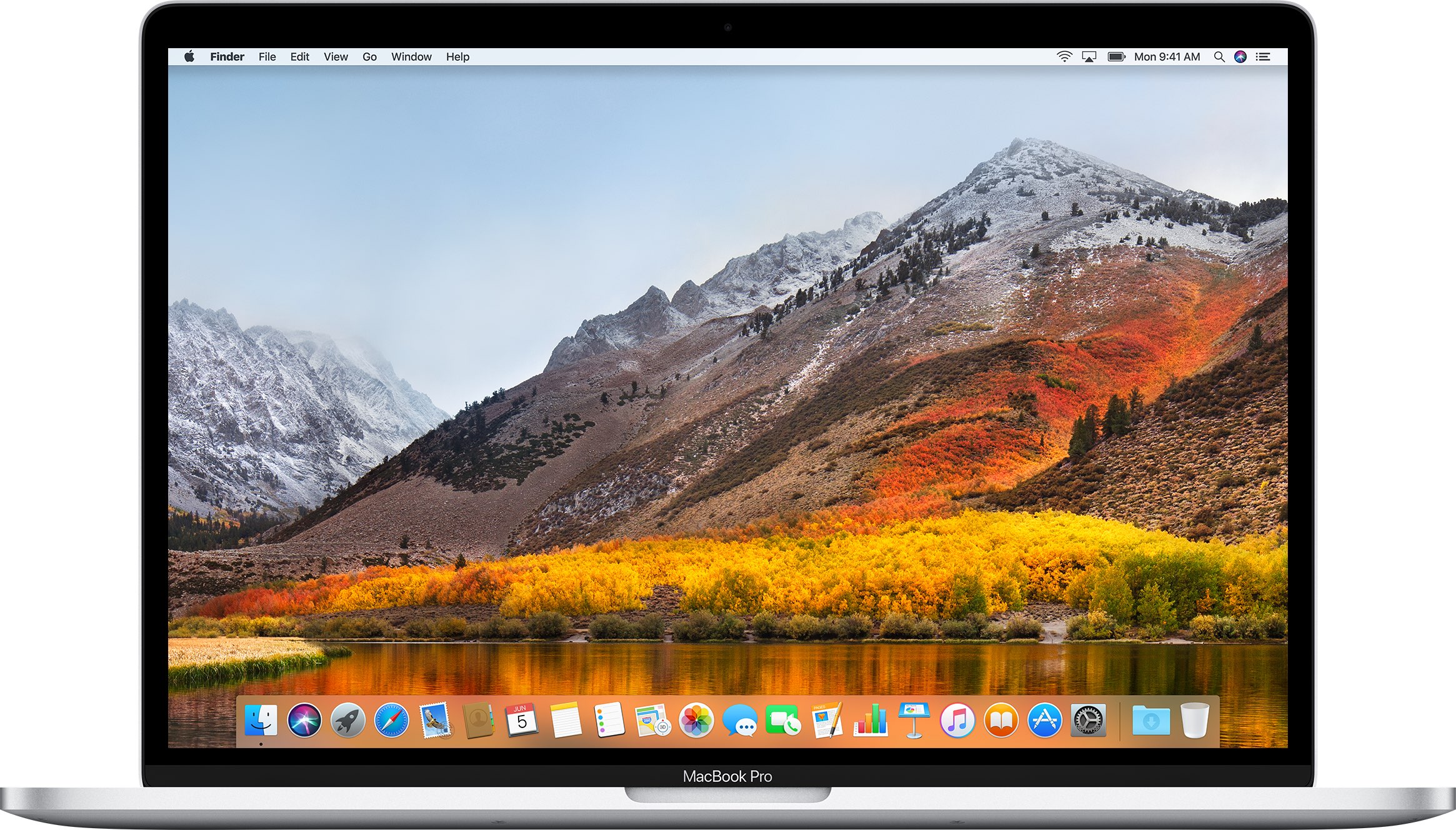
The process of upgrading your computer varies depending on which version of macOS is currently installed on your computer.Īs of 10.15 Catalina, macOS does not support 32-bit applications. If this is the case, you will need to replace your current computer with a newer model.
#FIND OS FOR MAC INSTALL#
If your computer does not meet the minimum requirements for Catalina or Mojave, you will not be able to install a supported version of macOS. If you are running an older OS, you can look at the hardware requirements for the currently supported versions of macOS to see if your computer is capable of running them:
#FIND OS FOR MAC UPGRADE#
If you are running macOS 10.11 or newer, you should be able to upgrade to at least macOS 10.15 Catalina. If your computer is running macOS High Sierra 10.13 or older it will need to be upgraded – make a note of your installed macOS version and your computer’s model and year as that information will be helpful when upgrading macOS.

#FIND OS FOR MAC PASSWORD#
Originally, inetloc files are shortcuts to an Internet location, such as an RSS feed or a telnet location and contain the server address and possibly a username and password for SSH and telnet connections can be created by typing a URL in a text editor and dragging the text to the Desktop. As far as we know, at the moment, the vulnerability has not been patched.Ī vulnerability in the way macOS processes inetloc files causes it to run commands embedded inside, the commands it runs can be local to the macOS allowing the execution of arbitrary commands by the user without any warning / prompts. We have notified Apple that FiLe:// (just mangling the value) doesn’t appear to be blocked, but have not received any response from them since the report has been made.

The vendor has notified us that file:// has been silently patched the vulnerability in Big Sur and has not assigned it a CVE.

Find out how a vulnerability in macOS Finder system allows remote attackers to trick users into running arbitrary commands.Ī vulnerability in macOS Finder allows files whose extension is inetloc to execute arbitrary commands, these files can be embedded inside emails which if the user clicks on them will execute the commands embedded inside them without providing a prompt or warning to the user.Īn independent security researcher, Park Minchan, has reported this vulnerability to the SSD Secure Disclosure program.


 0 kommentar(er)
0 kommentar(er)
